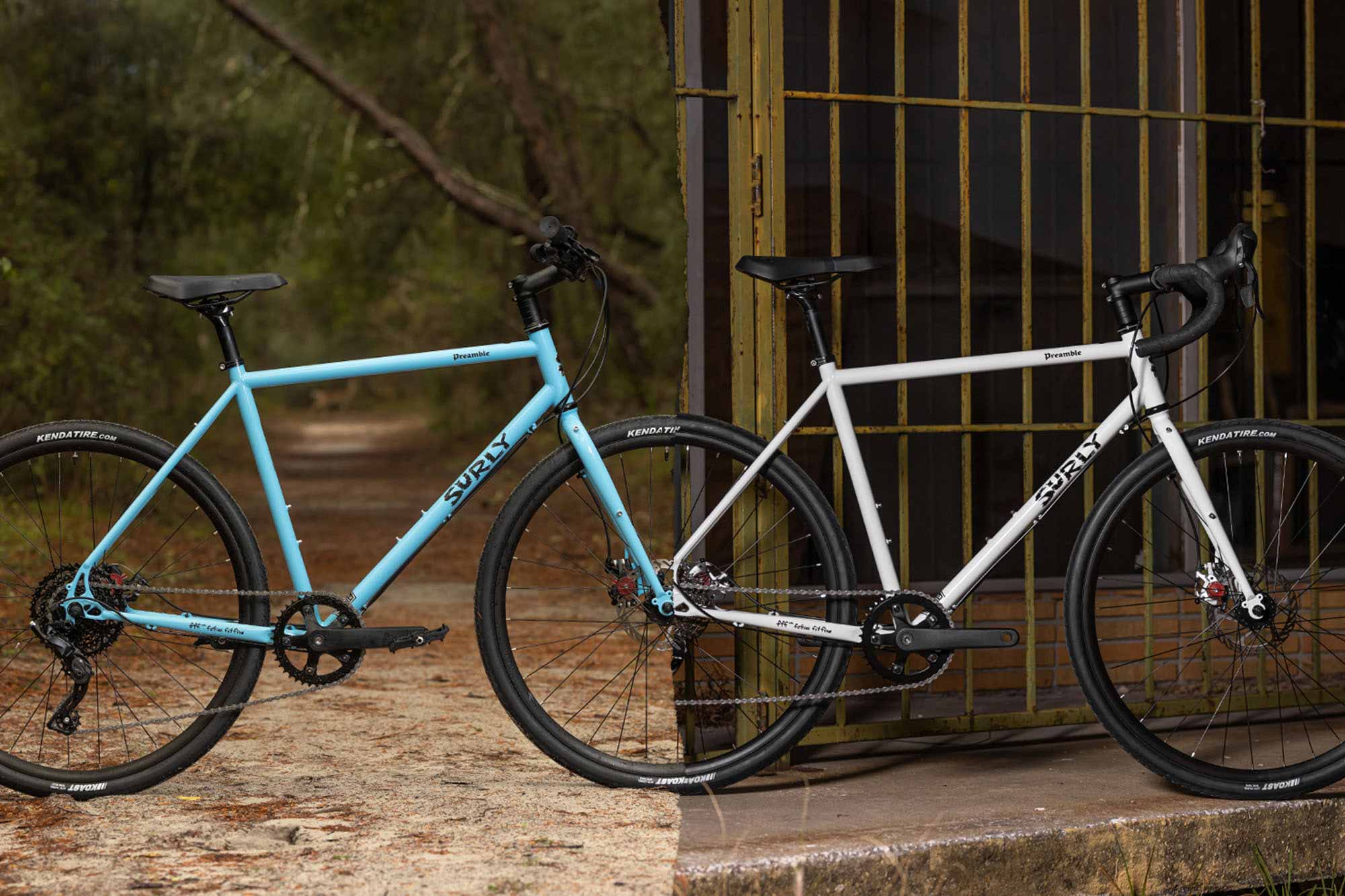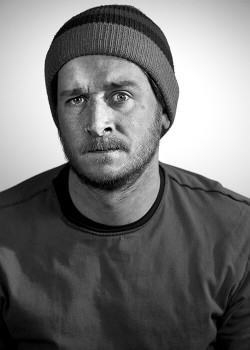Hey. Long time. Hope you are well. Thanks for coming to our site and checking in. We’re good.
It is my upmost pleasure to share with you, today, that we are launching a new bike this year. Is it a crazy fat bike, with super big tires and self-inflating inner tubes? No. A super awesome E-Cargo Bike with regenerative braking that powers the drive unit, nope!
Enough with all the rambling, just get to it, is hopefully what you’re saying to yourself.
Without further rambling, here is the new Surly Preamble.
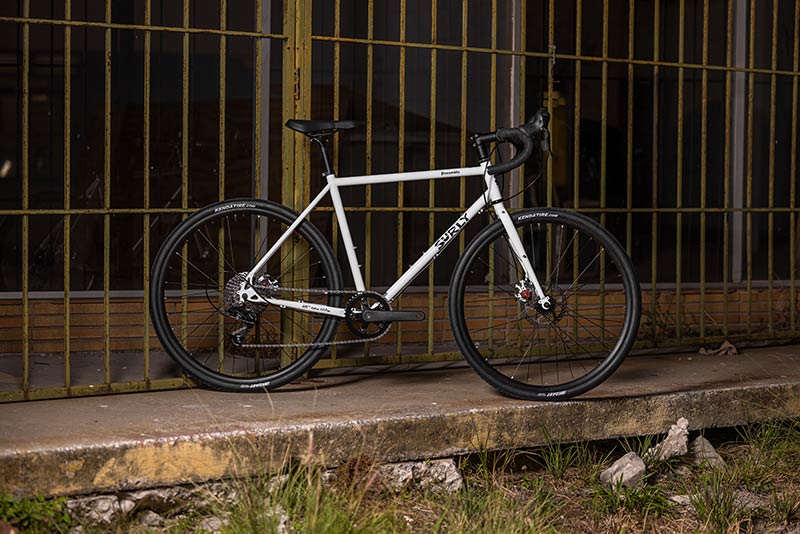
It’s a bike.
A road bike.
A city bike.
A commuter bike.
A ride to the park bike. A ride through the park bike.
Ride to the coffee shop. Ride to work. The Preamble is really at home on a variety of road surfaces and conditions.
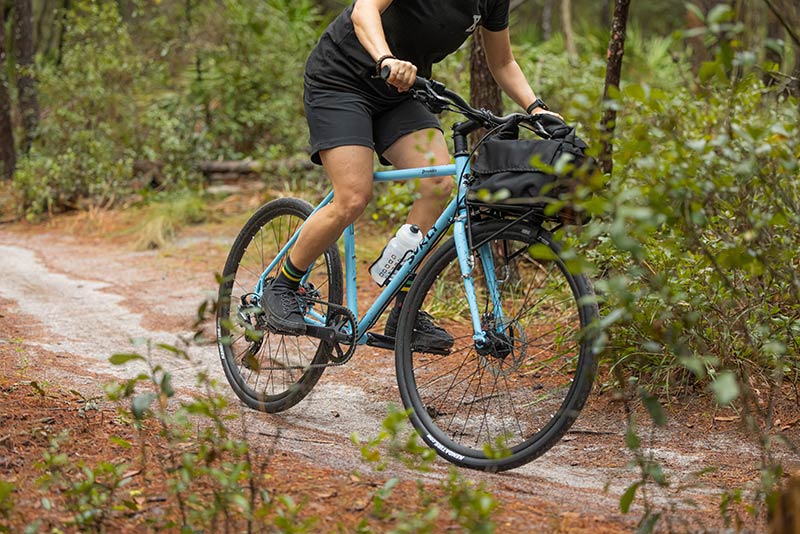
Why would we make “this bike?”
In a world full of flashy advertising and miracle cures, we were compelled to make a regular bike, at a great price. With a curated selection of features and options because not every bike needs to be everything to everyone.
Right?
That should not be a hard concept to understand. But I fear it may. So... to answer some questions, that may come up; here is a list, in no particular order, of some features of the Preamble and a little ditty about the “why” that went into the “what”.
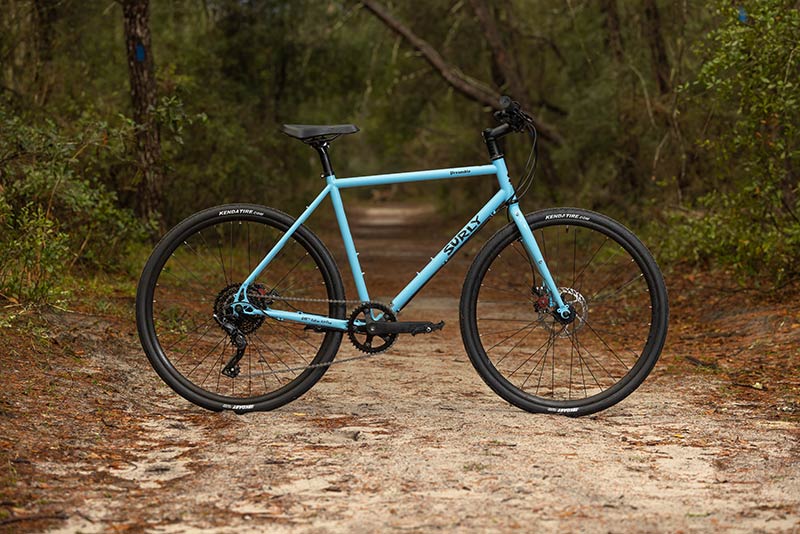
“Isn’t this just a less feature-rich Bridge Club?” I mean. Sure. If that is the way you want to think about it, sure. It’s a less-featured Bridge Club. But if that is an acceptable way to codify a bike. Then aren’t all bikes just detuned versions of the most feature-rich bike ever made. Are all bikes just a less capable Big Fat Dummy? And if that is true – why would you buy any other bike and not the Big Fat Dummy... I’ll wait while you unpack that.
On a slightly more serious note. No. it’s not a less capable Bridge Club. But it does share some features, and was developed, philosophically, on a similar path. The Dropouts are similar but different than those found on Bridge Club. The Preamble features a new cast dropout, where the Bridge Club drops are stamped. The frame also uses completely different tubing. The Bridge Club is an off road rated touring bike, and as such has larger diameter tubing and thicker wall profiles. The forks are different as well.
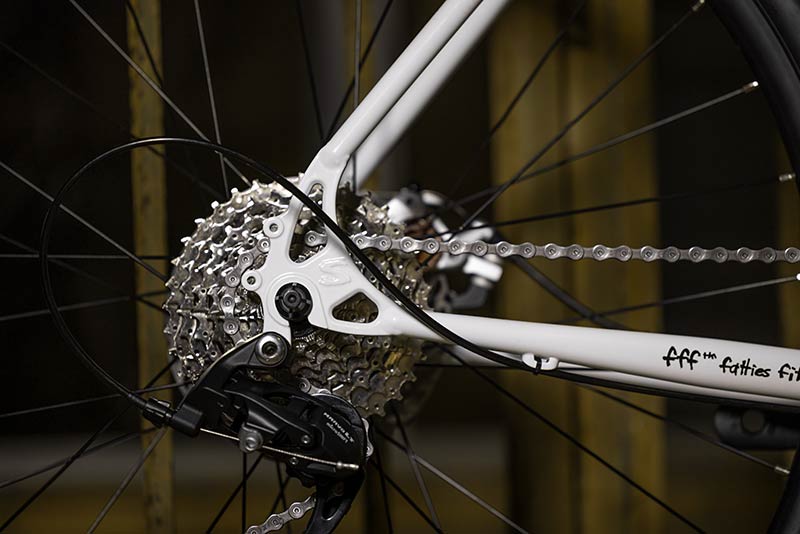
“Why not just use the same tubing on both bikes?” I mean, we already get accused on the internet of using muffler or car exhaust tubing, so do we really need to feed that fearmonger more and overbuild every bike? No, of course not. We use different tubing in the Preamble (in all of our bikes, honestly) than the Bridge Club, because they are for different purposes. The Preamble is primarily for use on roads, and paths. It is not intended to be as loaded or ridden in as rough terrain as the Bridge Club. Lighter weight and smaller diameter tubing let us tune the ride characteristics and craft a different on-bike experience.
I know. “Fancy colorful language choice, nerd...” but it’s the truth. When we’re working on a bike project, we have many conversations and dialogs about this very topic. We often have conversations like “what if we ran drop bars on that mountin bike?” or “what if we put riser bars on that road bike?”. Or “what if we could build that bike with a lighter tubeset?” All of this to say; we too make comparisons between similar Surly bikes and models. The Preamble is a beast all on it’s own. How it handles, the fit; are unique within the Surly portfolio. Even comparison versus the classic Cross Check or Straggler would be valid. Though Preamble does address some classic “opportunities” that older models like the Cross Check had. Example here: the head tubes are taller. So, your handlebar height (or stack) is higher.
So. Yes, at first glance it looks a lot like the Bridge Club. Even the initial paint color is similar. (They’re both BLUE! Blue I tell you. BLUE!!!!!!!!). but the Preamble has a distinctly different geometry in the frame and fork, providing different ride and fit qualities. It's lighter weight, as in the actual bike weight. And also, it feels lighter when you ride it. It's more responsive to rider input. People who ride primarily on pavement or “roads” want different handling traits than what someone riding mixed surfaces would want (what we solved for on the Bridge Club)
QR hubs. Ok. This one might get a bit spicy, but I am going to say what needs to be said. There are folks who will ask: “why QR hubs?”. I’ll counter, why thru-axle hubs? Yep. Really. Why? (editor's note: Atom is clearly being a bit of a devil’s advocate here, but we get to an interesting point, so we left it in) I am not saying that one system is better, or worse. There are no flaws being lobbied. If you’re building a suspension frame, thru-axles are great. On a suspension fork, thru-axles yes please. Measurable improvement. On a wide-hub-spaced fat bike, laced to a big o’ rim and a giant tire, yes, thru-axles have a measured improvement in the bike as a system. And for the experience the rider has. But please, dear reader, if thru-axles are a hot topic for you (as in, you have a bias...), sell me on how they make going for a ride with your family, to the park a better experience. Is there a perceptible improvement in the cornering of your bike as you leisurely roll along the bike path at 8 mph...
Ok. Tire fit: the extra small and small are built around a 650b wheel size. The medium, large, and extra-large are built around 700c. both have a max tire size of 45mm. <<<insert whistle sound>>> “can’t you put 700x41 wheels on the Bridge Club, on all size... what gives???””. Yes. Yes. Yes. Again, you can fit 700c wheels in the Bridge Club; but the fender options are more limited. And yes, we even built Bridge Club bikes with 700x41 wheels. But that platform was primarily designed with 27.5 wheels in mind. The Preamble is primarily built around tires in the 30-45mm space. And the accessory fitment is improved for this focused design choice.
By building the smaller size Preamble bikes on a 650b wheel platform we are able to use ride geometry (angles and offsets) that give it a distinct ride and fit that we would not be able to if we used 700c wheels across all sizes. To fit big wheels on small bikes necessitates slack steering angles and/or large offset forks. For a light handling, responsive, and sporty feeling road bike: using a 650b wheel on the XS/SM bikes lets us use our first choice in terms of head tube angle and fork offset. This further supports our ability to build intentional ride and fit handling in the Preamble frameset.
Accessory Mounts: we included some rack and fender, as well as water bottle mounts. Less mounts, certainly, than we have on other models. But a good mix that will give you lots of options. “Why not include them all?”. Well, believe it or not, but each of those mounts directly add a little bit of cost. And also, for each mounting point, we need to consider what will be mounted to it, what that rack (and it’s respective cargo) weigh. How that weight factors into the ride feel of the bike. All of those considerations are factored into frame and fork strength. How we lab and ride test them. And what results we expect from those tests.
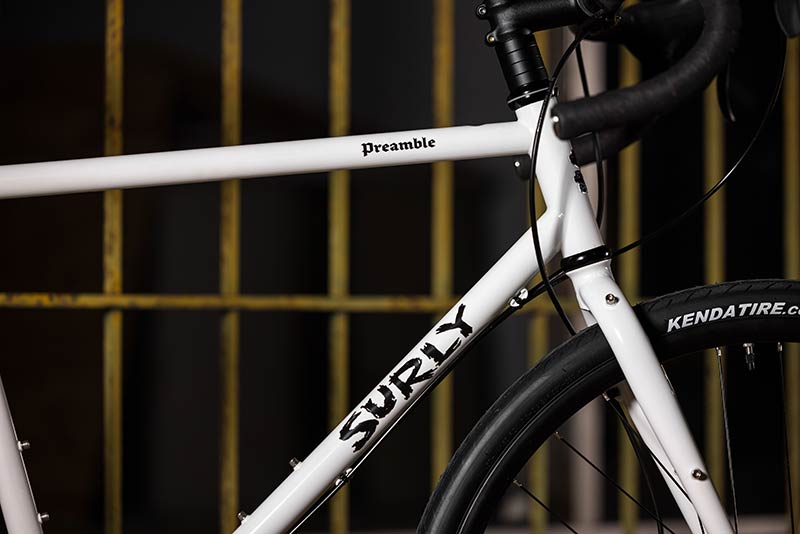
We go to great lengths to tune how our bikes ride, and take into consideration not only the rider and the trail but the assortment of accessories. By having a focused, refined, curated accessory selection, we can build a bike that has a unique flavor but is well at home in the Surly lineup.
Drop bars or flat bars: both of course, ‘natch. We’re not going to tell you how to road bike. That being said, the fit and ride handling is more aligned to pavement bikes. The flat bar will be pretty upright. This helps folks who may be just getting into their first nice bike (more on this below). But even the drop bar fit is updated from, say, our Cross Check or Straggler. Slightly taller head tubes comparably.
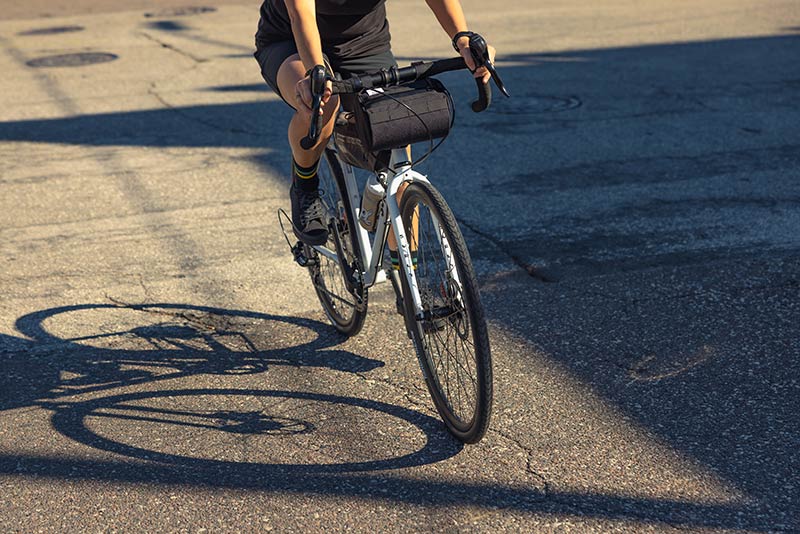
Who the Preamble is for – if you’re a long time, die hard, I’ve got 13 Surly bikes in the garage, Surly fan; this bike may not be for you. And that’s ok. But for a lot of folks, this might be their first Surly. Heck, it might be their first “nice bike”. And that is awesome. New folks finding out about nice bikes and what they can do for them is great. We welcome all you new folk to the Surly crew. That being the case, I have many Surly bikes, and I dig this bike a lot.
Parting thoughts: Do you remember your first bike ride? What about your first time commuting? Were you nervous? “Do I have the right gear?” “Will I get lost?” “Did I remember to pack my lunch?”
What about your first big pavement ride? Your first 20 mile ride? what about your first short cut down an ally. Or through a park? Did you have anxiety to overcome? This is a very real challenge many folks deal with. And while Preamble may look like a simplified Surly, it’s certainly going to complicate your life by asking you to ride more. More often. More places. With more people. And more stuff. Commuting, big rides, small rides, and short tours are all on deck for the Preamble.
Here at Surly, we are all about making bikes that are super versatile and useful. But they still need focus. And purpose. We need to ask and answer the question – what is best in this bike? Why does this exist? And strive to do that well. The Preamble is a pavement bike for folks who don’t want a narrow answer at what a pavement bike is.
We hope the Preamble will be the first chapter in your next thing. And the thing after that. Whatever that might be.
If someone recommended you get a Surly pavement bike, this may be the one.
About Atom
Adam’s job is to spec components on our complete bikes, determine product standards and direction, and to oversee Surly’s vast array of enginerds, not to mention all the other things that come with being a manager, such as budgets, planning, planning budgets, endless meetings, and constant defense of his reasoning. He drinks coffee all the time, brews his own beer, and is singlehandedly constructing entire portions of his house.
 Surly Bikes
Surly Bikes